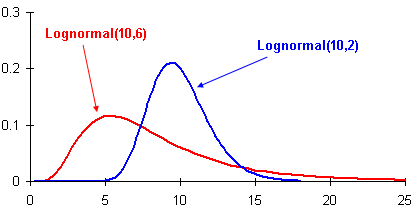
Until the Millenials developed Tinder, dating was not a straight-forward process for guys in my generation. An entire generation of men were emotionally scarred by the Social Development Unit or SDU.
I was, fortunately, not a victim of this government initiative. Instead, after being burnt by a match-making attempt by my parents, I developed my own quantitative approach towards meeting women.
( This is why I have a family today in spite of being D&D otaku and troll. That story is something I will tell another day. )
Some of my friends were not so lucky as to escape the clutches of SDU.
Seduced by cheap government-sponsored dating activities, many of my friends fell into the trap of attending SDU events, some retained their sanity long enough to tell me their tales of woe. Through the horrors experienced by my friends, I have heard tales of people so unattractive, boring or so disagreeable, they could have been tales to scare naughty children being putting them to bed.
It took me and my friends ages to realise what the ultimate objective of SDU was.
In my opinion, it was clearly not an attempt to match-make singles.
The aim of SDU is to hurt your self-esteem and lower your standards so drastically that you would eventually settle for anything that comes by in your life. Imagine if you are fed army rations everyday. One day you are given a slice of kaya bread - that would be the best meal you ever had in recent memory.
Thanks to Tinder and Coffee Meets Bagels, the SDU is now a relic of the past.
But very recently, I have noticed that the finance industry is now using the same tactics to increase their profits.
Just the other day I went a new eatery in Selegie Road and I was lucky enough to overhear a conversation between the proprietor and his old NS pals. The proprietor worked in insurance and was able to raise enough capital to start the food establishment with another insurance buddy of his.
He shared a few interesting snippets about the industry. Namely (a) closing one case nets him about $1,600. (b) He can make about $6,000 - $7,000 a month (c) Even without closing cases, his previous wins can give him about $3,000 - $5,000 a month. Payments seem to stretch years (d) He does this by pure cold calling and he does not sell to friends or relatives.
I came away with the impression that making it in insurance is all about dealing with rejection, but more importantly, the commissions earned has to come from someone - the hapless insurance consumer. If closing a case nets the agent $1,600, it basically means that his client loses about $1,600 when he agrees to whatever advice was given to him.
How does the industry collaborate to lower the standards of consumers since so much money goes into paying commissions ?
Broadcasting lower returns, of course. Of recent note, I have seen a lot of insurance ads talking about the returns a consumer can expect from their products with an investing component. These numbers tend to hover around 2-3%.
Broadcasting these returns has the same effect as SDU, eventually creating a lower anchor for hapless investors to lock onto. Whoever manages these investment products have greater leeway to provide the higher commissions to insurance agents, who can, in turn, make more aggressive moves against consumers.
Here's how can reverse this anchor.
After a brutal 2018, the SPDRs STI ETF still returned about 6.5% since inception, or more than 8% if you consider its performance for the past 10 years. If you take the Nikko AM Investment Grade Bond ETF, you can expect a yield of 3.2%. A combination of these two ETFs will still net yourself more than 5%.
Another argument is that we can expect inflation to be around 1.9% every year. Even though Singapore has experienced lower inflation than other OECD countries, you are in essence locking yourself down in an instrument for real returns at around 1+% at most. One way to troll your advisor is to ask him to express his projections in real instead of nominal terms.
If the insurance agent insists that the lower returns are guaranteed, make sure you read the small print. There may be a loss of liquidity for a number of years. In any case, directly pumping into your CPF-SA will net you a risk-less 4%. The fact that some products lock you in for a number of years and yet the returns are benchmarked against SSBs which do not have a lock in period is possibly the result of very sneaky marketing.
You should also remind your agent that capital guarantees are predicated on the insurer not falling apart. (AIA was bailed out by the US government during the 2007 recession )
The financial industry is creating the same trap that has hurt an entire generation of men who have attended SDU dating events in the past. Don't let them trap you into accepting illiquid investment products for real returns of less than 2%. Instead of going SDU, why not venture overseas like Vietnam and Thailand to meet the women there ?
Similarly, separate your investment and insurance needs.
Where possible use a DIY portal for your insurance needs. Pay a small premium for pure insurance products, minimising commission payments, then invest the rest in a portfolio of standard vanilla equity and bond ETFs.









